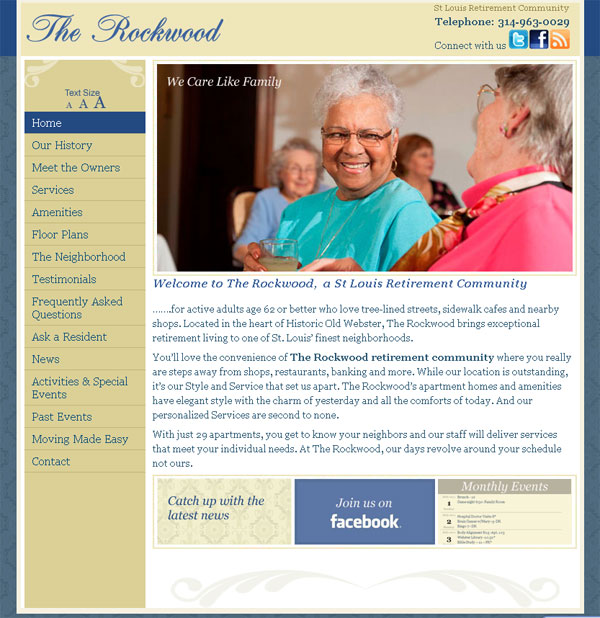What is the essence of good strategy? The attempt to answer that question has filled more pages of business books than anyone could count, most of them essentially useless. For every piece of advice that points in one direction there are invariably a dozen which point somewhere else; strategy isn’t a “one size fits all” topic and many best-selling books on the subject are dangerous because they attempt to position one strategic approach as a universal solution. In real life there is a time to focus and a time to diversify, a time to invest and a time to restructure. Half the battle is knowing your situation, and deciding which strategy is appropriate; the rest comes down to execution, that less talked-about aspect of business without which strategy is meaningless.
Nevertheless there are some characteristics of good strategy that transcend the situational. If we work on the assumption that strategy requires a knowledge of your desired destination (what you want your business to be or become) and a relentless commitment to excellence in achieving this, strategy becomes the roadmap, the backbone upon which plans are based. This is important, because without a clear view of the goal, strategy is unlikely to be successful. How could it be? It’s like trying to figure out directions without knowing where you’re going.
This doesn’t mean, however, that having a good strategy will make you feel comfortable. On the contrary, a powerful strategy is about navigating from where you are to where you want to be, and this inevitably means change, challenge, risk and discomfort. If you’re executing a strategy you’ll be doing something. You’re on a path and it will be clear what needs to get done but that doesn’t mean it will be easy, certain or “safe”. What you actually do will depend on your situation, your goals and, of course, your strategy. You might be investing in new channels, expanding your offering, adding manufacturing capacity, acquiring a related business or building a brand. You could be rationalizing product lines or production sites, qualifying new suppliers, outsourcing activities or reducing overhead. Whatever it is though, it should feel like you’re moving.
Executing strategy is like exercising: if it doesn’t feel a bit uncomfortable you’re not pushing hard enough. It might not matter now, but watch out, because sooner or later someone leaner, fitter and more committed might decide that your business lies in the middle of their strategic pathway.




